

Mountain biking is one of the best ways to explore the outdoors, but shopping for your first bike can be overwhelming. Some of the price tags are staggering, but with a bit of added knowledge, you can find the best brands and styles of bikes to fit your needs.
Videos by Outdoors
Here’s a list of great entry-level mountain bikes perfectly priced to get you outside and riding without breaking the bank. At the same time, these are high enough quality that you’ll be able to explore new trails without running into any issues.
Let’s dive right in by looking at popular bikes and great options for new mountain bikers.
This post contains affiliate links. Outdoors.com may earn a commission when you make a purchase through these links. Thank you for your support.
Our Picks for the Best Entry-Level Mountain Bikes
- Most Popular for Beginners – Diamondback Line 27.5
- Best Overall – Specialized Rockhopper
- Most Options for Entry-Level Bikes – Giant Talon 2
- Best Value – Norco Storm 5
- Best Manufacturer Guarantee – REI Co-Op Cycles DRT 1.1
- Best Entry-Level for a Bigger Budget – Cannondale Trail 5
- Best Budget for Entry-Level Bikers – Retrospec Ascent
Most Popular for Beginners – Diamondback Line 27.5 Mountain Bike

The Diamondback Line has become a favorite in the mountain biking community. The company has been around for years, and for good reason. The company makes some of the best mountain bikes around.
The bike comes with Diamondback-quality components and a design that will keep riders returning to the company for years to come.
As the numbers suggest, the 27.5 stands for the wheel size, which comes standard no matter what size frame you choose. With an alloy frame, the bike is lightweight and easy to navigate on the trail.
Riders will love how smooth this bike rides and how confident you can be in this bike once you’re on the trail. The Diamondback Line is one of REI’s best-selling mountain bikes because people trust the brand and know it’s a great entry into the sport.
Best Overall – Specialized Rockhopper

Specialized is a household name in the mountain-biking community. While some of the company’s bikes are more than a thousand dollars, the Rockhopper sits right around $500, which is a great deal.
You can trust the Specialized Rockhopper for its quality components and well-known brand. It’s been one of the most popular entry-level bikes for years, so if you see one selling on Facebook marketplace, it’s probably because the rider is upgrading to something pricier.
The Rockhopper is often now sold with 27.5-inch wheels. This smaller wheel size makes the bike easier to navigate on trails that wind through obstacles like trees. It’s also easier to control for smaller riders.
This bike is also really quick and snappy due to the lightweight alloy frame.
Most Options for Entry-Level Bikes – Giant Talon 2

Giant is another brand that you’ll often see when you’re out mountain biking. The bikes in the Talon series range in quality, and the Talon 2 is a step up from the base model. It has some added quality components, so it is worth it to spend the extra cash.
This bike has an alloy frame and, like many other popular bikes today, it comes in the standard 27.5 and 29-inch wheel options.
Compared to the Specialized and Trek, the Talon 2 is a little more expensive. Since each bike rides a little bit differently, figuring out which one is right for you may require a test ride.
Best Value – Norco Storm 5

Norco advertises the Storm 5 as a cross-country bike that can go where gravel bikes cannot. The simple design and low entry price prove not every budget bike is bad.
The aluminum frame keeps this ride fairly lightweight. With the added option for 27.5-inch wheels, you can also expect a more “nimble” ride, as Norco suggests on its website. Making the jump to this bike from a regular bike is easy for most riders, thanks to its similar setup with 21 gears.
Even at a low cost, Norco uses higher-quality components from Shimano and runs the cables through the bike internally. This is a rare find on affordable mountain bikes. That makes the Storm 5 one of the best budget mountain bikes on the current market.
When it comes to riding, it’s important to note that even Norco doesn’t market this for aggressive trail riding, but it’ll easily get the job done on relatively smooth trails.
Best Manufacturer Guarantee – Co-op Cycles DRT 1.1

A few years ago, REI got into the business of making bikes on top of selling them. The DRT is the company’s basic hardtail that they hope will keep customers returning for more.
One huge positive is that it includes a year of free adjustments at any REI location. This offer is a bigger deal than it might seem, because when you’re hitting the trails and rattling the bike around, you’ll find that most mountain bikes need more maintenance than beginners assume they will.
This bike is priced about the same as others on this list, but it’s one of the few with external cables. You won’t see this on pricier bikes, and it is kind of a flaw by today’s standards. Getting those cables out of the way is one less thing to worry about while on technical terrain.
Best Entry-Level for a Bigger – Cannondale Trail 5

The Cannondale Trail 5 is the most expensive bike on our list. While still under $1,000, it’s more of an investment for a new rider. The company designed this bike to spark a passion for riding mountain bikes, and riders are likely to experience through this bike’s ultra-smooth ride.
The Trail 5 has an alloy frame, but some riders may find it’s on the heavier side. The bike comes standard with 29-inch wheels, which will help new riders tackle bumps, rocks, and roots.
Compared to the other bikes on this list, this option is that it costs more money, and that is its biggest con.
Best Budget for Entry-Level Bikers – Retrospec Ascent

When it comes to budget mountain bikes, the Retrospec Ascent is a solid choice. If you’re unsure how long you’ll be into trail riding and whether or not a hardtail bike is for you, the Ascent may be the answer you’ve been looking for.
Retrospec has made a business out of selling affordable gear—everything from snowshoes to skateboards to bikes. While this bike doesn’t come with the absolute best components, there are few bikes of this quality for this price.
The Ascent is a 21-speed bike with an aluminum frame and 27.5-inch wheels. We wouldn’t recommend riders take this entry-level bike on more technical trails, but it’s a great way to get out the door if you’re trying to get into mountain biking.
What to Look for in an Entry-Level Mountain Bike
Choosing a new bike for riding singletrack is the first major task for any new rider. Ultimately, newbies should spend whatever they feel comfortable spending.
If you want to break the bank with the first mountain bike purchase, you can. Or you could go for one of the cheaper bikes to get your feet wet.
Like any time you try a new activity, there will be trial and error. In mountain biking, an error might send you over the handlebars and the bike into a tree. This is just part of sport, so don’t spend too much on a bike that you’re not willing to beat up a little bit.
At the same time, while budget bikes may be tempting, spending a little extra on the right hardtail mountain bike can make a difference in defining your experience—especially if that means the ride is more enjoyable because your bike works properly.
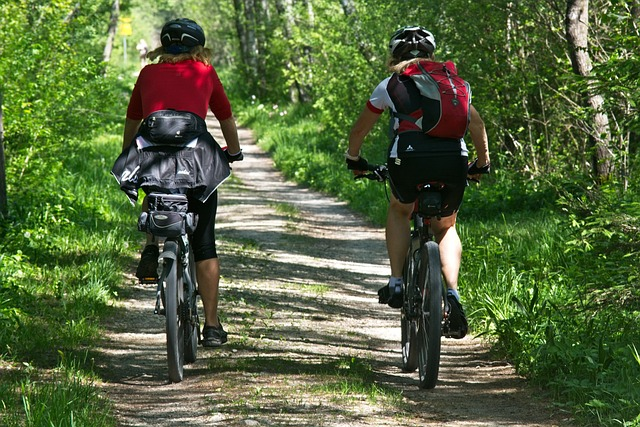
Types of Mountain Bikes
The mountain bike industry is full of different styles of bikes aimed at different level riders. Choosing the right bike is essential for getting into the sport, as the wrong ride could quickly turn your riding passion into disgust.
Prices can vary from a few hundred dollars to the price of a used car. It can get overwhelming fast. Luckily, there are a few key features to look for when shopping for your first or your next bike.
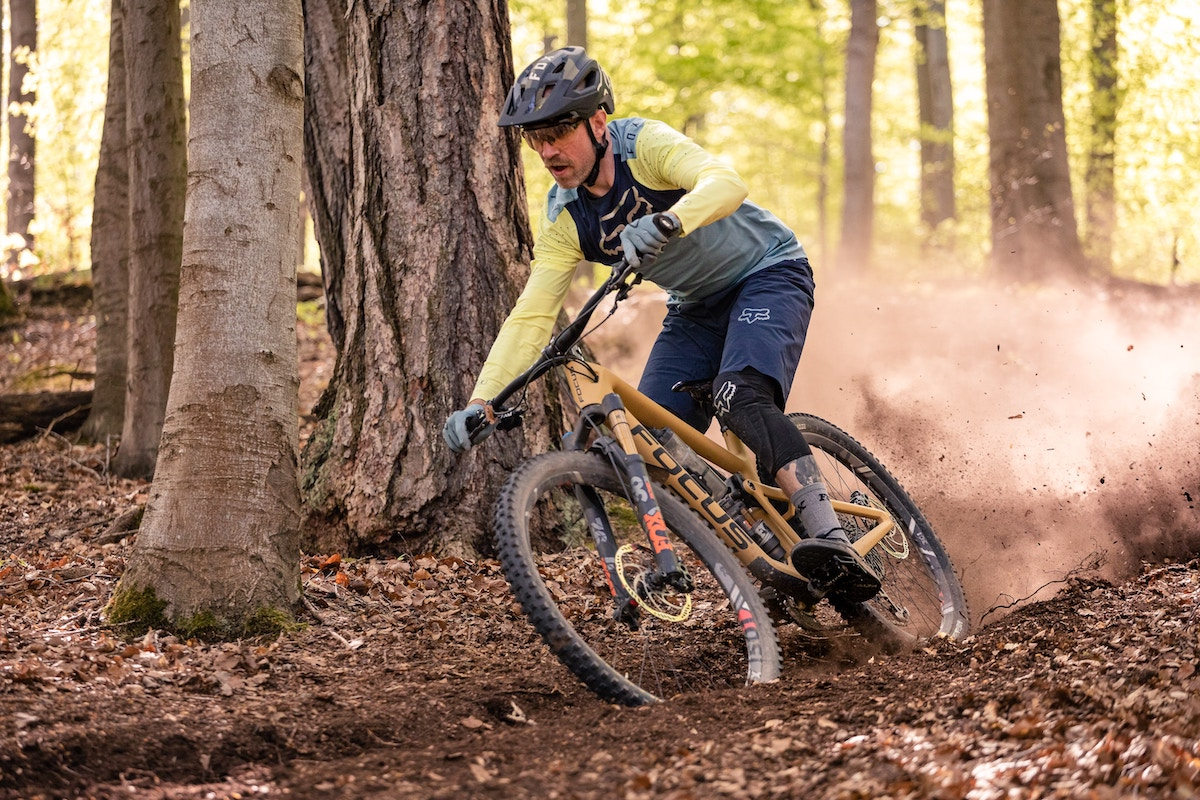
Brands We Trust
Trusting the brand you buy from is important. Like many other outdoor pursuits, there are some risks involved in mountain biking. Knowing you’re riding a quality bike is essential not just for having a good time but also for your safety.
Luckily, the bicycle industry has been around for a long time, and there are many brands you can trust.
Companies like Trek and Specialized are dominant brands that appeal to both new riders and experienced riders. Next time you’re at a local trailhead, take a look at the brands you see represented and ask others what they recommend.
Features You Should Look For

Bicycle Size
There are two different sizes to keep in mind when purchasing a mountain bike. First, there’s the size of the bike frame. Any reputable bike will come in multiple sizes.
Similar to clothing, you’ll see sizes like extra small, small, medium, large, and extra large. The larger the rider, the larger the bike should be. Choosing the right size ensures mountain bikers can keep control over their bikes.
Riders can determine the correct bike size for them by comparing their overall height or the length of their legs with the manufacturer’s specific sizing system.
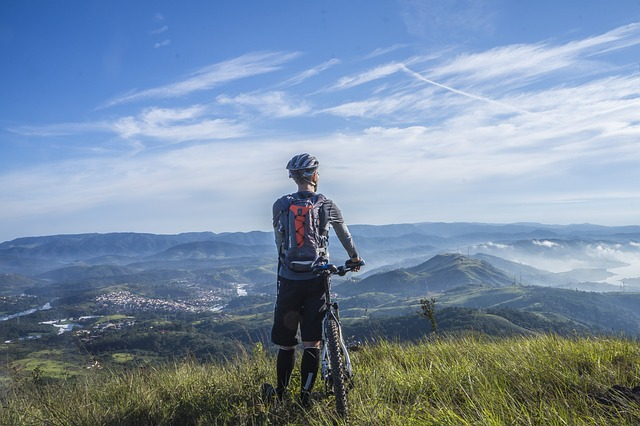
Wheel Size
The second size you need to pay attention to is wheel size. The two standard wheel sizes are 29 inch and 27.5 inch, and these numbers refer to the number of inches across the wheel.
Generally, smaller riders go for smaller wheels and taller riders go for 29-inch wheels. However, most riders can get away with either wheel size, and it isn’t solely about how big the rider is.
The most significant difference is that 29er wheels can more easily get over rocks or roots and help you when riding trails similar rough terrain. A smaller wheel size like 27.5 can better handle winding paths.
Figuring out what works best for you may require researching your local trails. In a place with more roots and rocks, a 29-inch wheel may be the best way to go. However, if you find yourself winding past trees with tight turns, 27.5-inch wheels may be the better alternative.
Disc Brakes
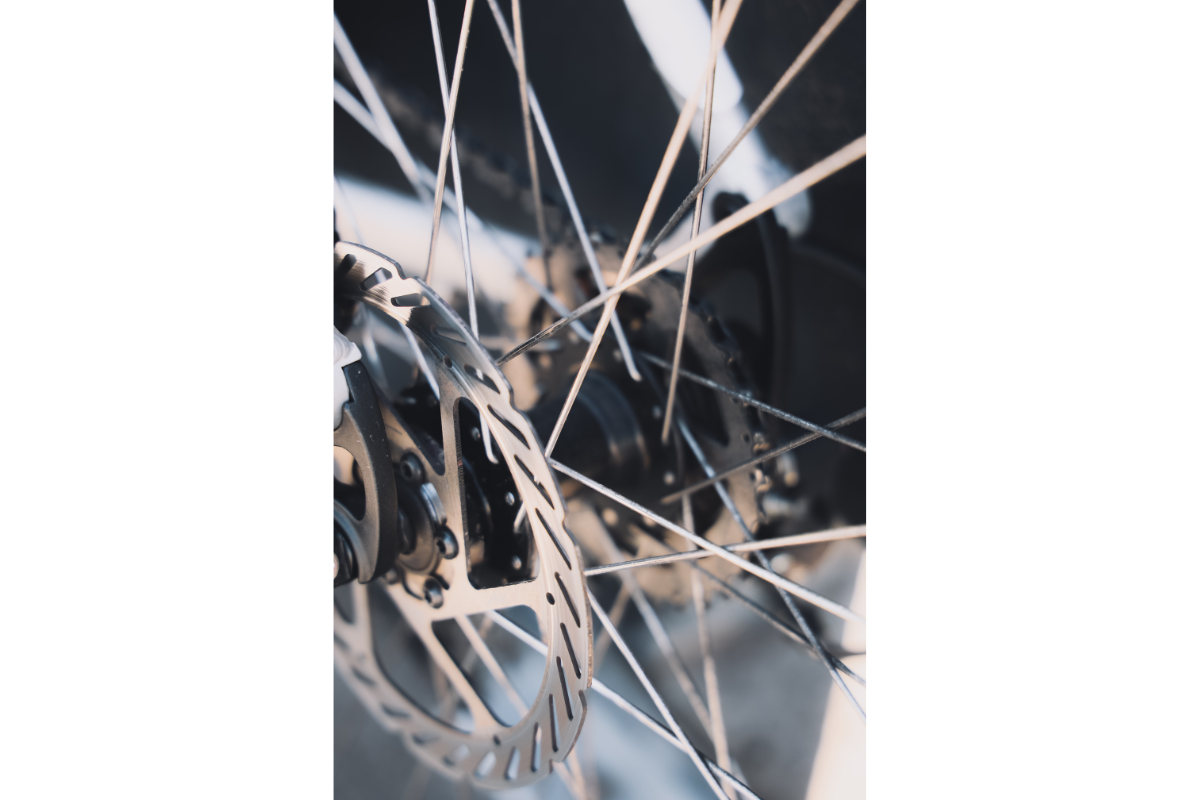
Bicycle brakes have come a long way in recent years. Hydraulic disc brakes have become relatively common with any mountain bike that’s not from a big-box store.
Rim brakes like calipers were the dominant bike model for a long time, but hydraulic brakes are better if wet and handle can debris, which is important for mountain biking. Rim brakes pinch the wheel, while a disc brake is what cars and motorcycles have.
Another advantage of hydraulic disc brakes is that they stop the wheel at the center, which uses less energy. In short, the hydraulic brake stops the wheel quicker and works better on steep climbs. One of the only flaws with disc brakes is they need to be replaced more often.
Quality Components
Poorly made gears, wheels, and seat posts and low-quality versions of other of the bike’s components will lead to a bad time, so it’s important to look for a budget mountain bike with quality components.
The mountain bike industry is enormous, and while you may be tempted by some deals online or in a big-box store, buying something too cheap may lead to frustration and cause some issues down the line.
It’s hard to figure out which components are quality and which aren’t, so the best route is to buy from a brand that is reputable. You can expect quality from trusted bike companies like Trek or Specialized.
Focus on Hardtail Mountain Bikes
Sorting through the different models of mountain bikes can be confusing. Some specialize in downhill riding and some are full-suspension mountain bikes, but we recommend a hardtail as the best design for beginners.
Hardtail mountain bikes are the most common design, and they’re excellent to learn on because they’re the most efficient while pedaling, they usually weigh less, and they are simpler to maintain.
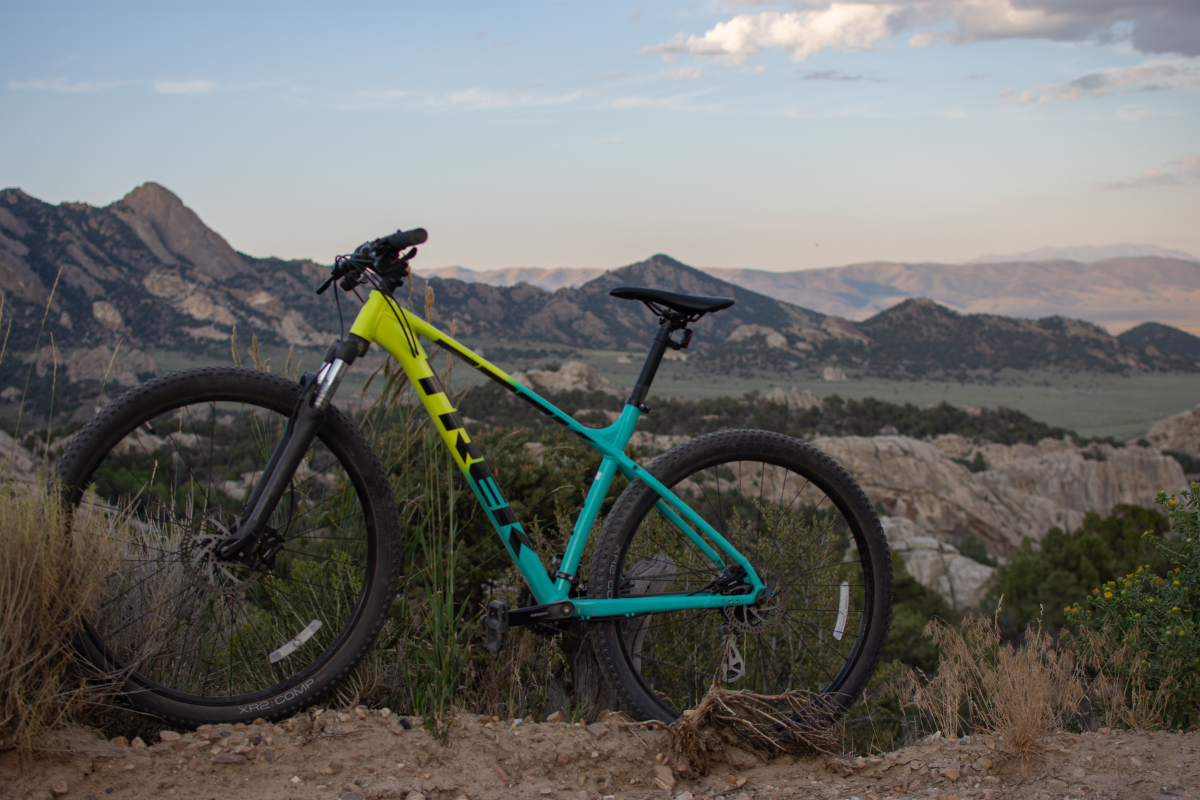
In comparison, a full-suspension bike has a lot more moving parts. As mountain bikers quickly learn, maintenance is a big part of the sport, so fewer moving parts is generally better in terms of maintenance.
The simplicity of a hardtail mountain bike compared to full-suspension bikes is ideal. Riders can worry about branching out to other styles of bikes once they gain more experience.
Finally, another popular alternative is a downhill mountain bike designed for steep trails.
While this is an alternative worth considering, downhill mountain biking is an entirely different sport in some ways. This riding style is popular at ski resorts in the summertime, when aggressive riders bomb down hills that are usually snow-covered in the winter.
For most beginners, a hardtail mountain bike is the most versatile entry-level design to choose, especially over full suspension.
Price Point
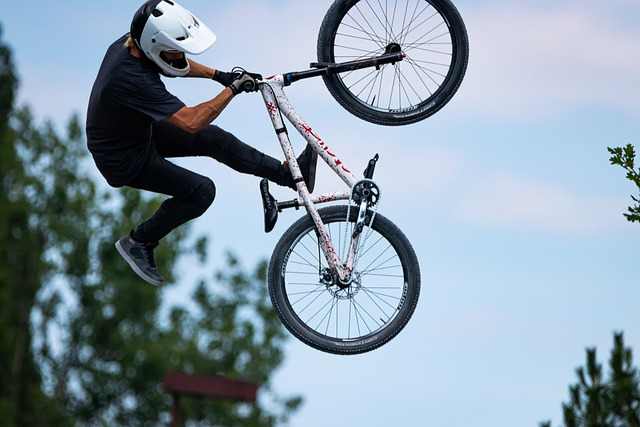
You can go out and buy one of the most expensive and best mountain bikes at your local bike shop, but sometimes, buying a cheaper product will help you learn. In this sport, making mistakes is necessary to grow.
At the same time, paying enough to avoid an overly cheap bike is also a smart move. A cheaper budget mountain bike comes with poorly made components, such as brakes, gears, and tires that don’t last long and can lead to headaches while trail riding.
No bike rider wants to be constantly concerned about the well-being of his or her bike.
The sweet spot is to find a medium-level mountain bike that’s made of quality components. Avoiding cheap knockoffs and some box-store brands may be the best way to grow your passion for mountain biking for years to come.
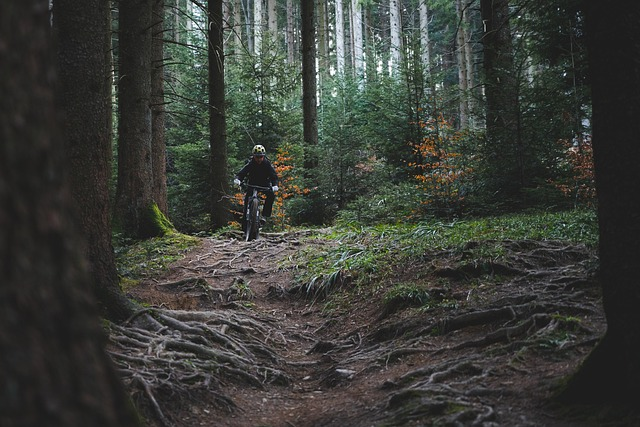
Mountain Bike Q&As
Is a hardtail mountain bike better than a full-suspension bike for beginners?
Bikes designed as hardtail mountain bikes are generally considered the best beginner bikes. The simple design will seem standard to most riders while requiring less maintenance than a full-suspension bike.
Mountain biking requires more maintenance than many people initially realize. Keeping it simple will help riders enjoy the sport without too much of a headache. It’s also easier to find an affordable hardtail than it is to find an affordable full-suspension mountain bike.
Does terrain matter when buying a mountain bike?
Understanding your local trails and terrain is something newbies should keep in mind when shopping for your first mountain bike. Whether you plan to ride on more technical terrain, rough trails, or local bike parks, it’s good to know what you’re getting yourself into.
Sometimes, a less aggressive bike may suit you just fine, especially if you’ll be riding in a less rugged area. However, if you know you’ll be doing some aggressive riding, it may be wise to at least consider a full-suspension bike that would help you tackle those technical trails.
Is it worth buying a used mountain bike?
The price of a mountain bike can leave plenty of people with sticker shock. Buying used may seem like a good alternative, especially if you can find a deal.
However, there are a few things you may want to keep in mind when you’re not buying from a bike shop or online store.
Be sure to take the bike for a ride to ensure everything is in working condition. It’s also good to have a bike mechanic take a look at the ride. Mountain bikes can take a beating on the trail. It’s essential to make sure the frame and tires are still in working condition before buying a bike from anyone.
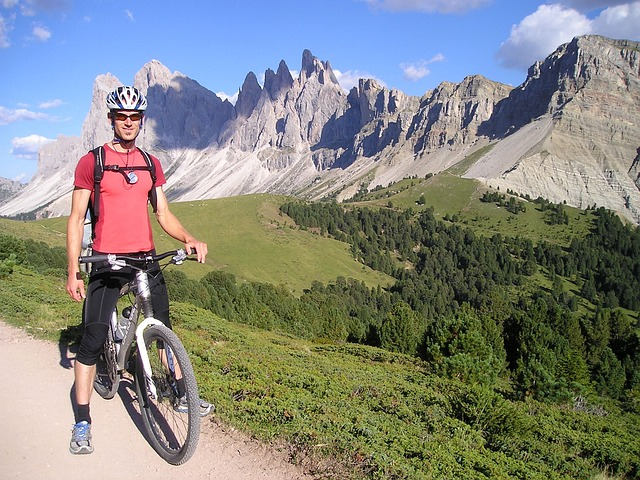
What other gear do you need to go mountain biking?
So, you finally made the jump and purchased your new bike. Now what? It’s time to take it for a spin. Be sure you have all the gear you need for your first ride, which, at a minimum, should include a helmet.
Figure out the level of helmet you’ll need depending on what kind of riding you’re doing and the terrain you’ll be riding on. Riders may choose to wear standard bicycle helmets or mountain bike-specific helmets with added features like a visor.
For more extreme conditions and dangerous terrain, some riders wear a full-face helmet, like a dirt biker.
Other safety gear includes gloves and shin pads that protect you from getting cut up after falls and also help you keep riding when you hit aggressive areas of trails.
The final standard piece of safety gear is glasses or goggles to protect your eyes while riding. You’ll come across plenty of low-hanging branches, and the last thing you want is a stick in your eye.
Many bike shops will help you get the full setup to help keep you safe on the trail. You might also consider adding items like a first aid kit and a flat tire repair kit to your gear.
Where can you take your new mountain bike for a ride?
You’ve got the bike, now what?
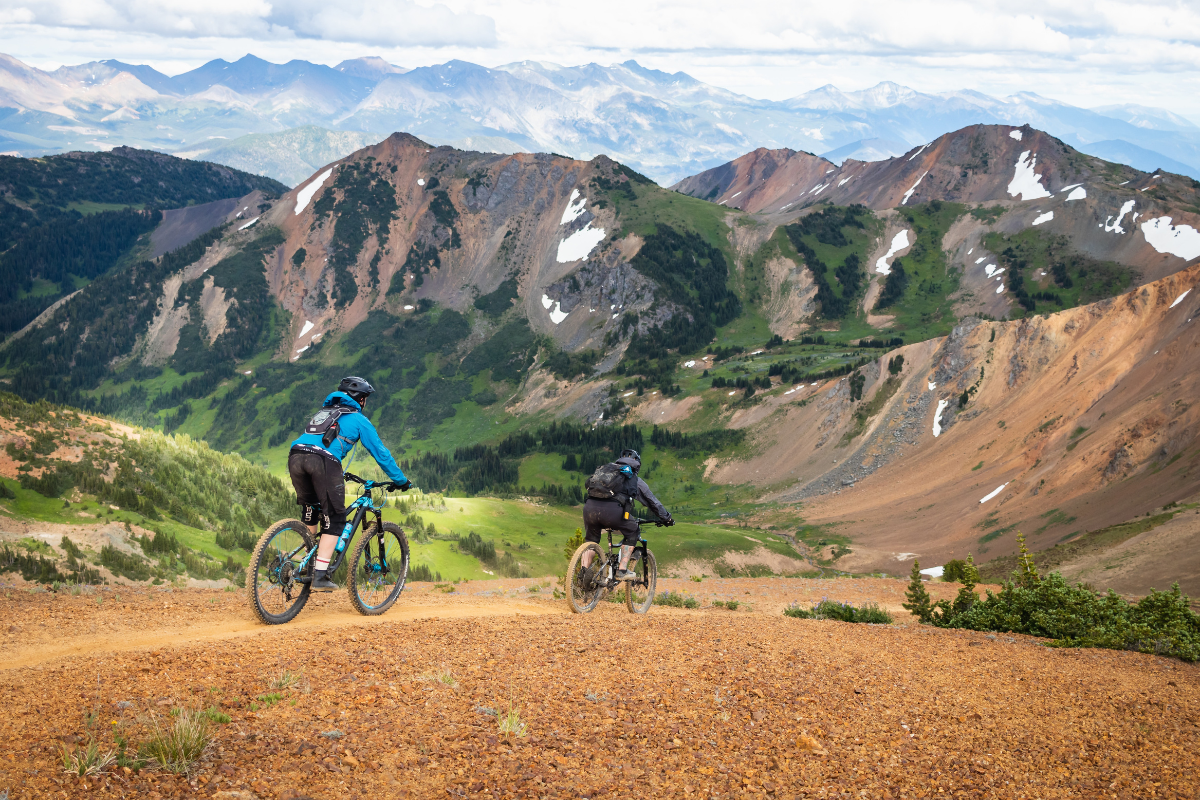
Fortunately, mountain bike trails can be found all over the country. The sport is one of the most popular ways to get outdoors. While not every trail will feel like you’re in the Rocky Mountains, there are plenty of local trails to enjoy, even on flat terrain.
There are a few ways to find these trails, starting with helpful apps like MTB Project or Trailforks, which focus specifically on mountain biking trails and include user-generated info on each trail.
Another option is to find your local chapter of IMBA, the International Mountain Biking Association. The organization and dozens of others around the country oversee local trails and work to maintain them while also protecting access.
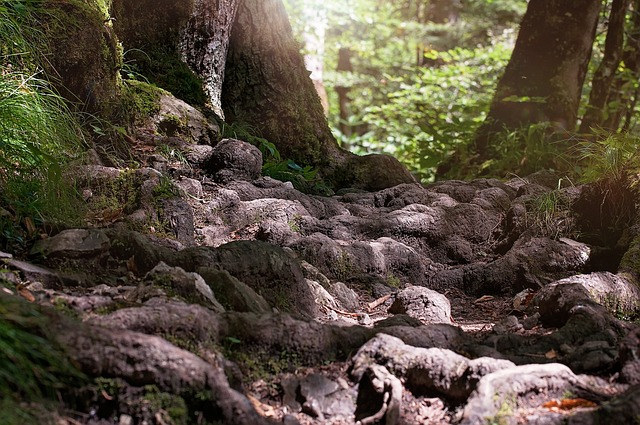
When is it time to upgrade your mountain bike?
If you feel you’ve outgrown your bike, it may be time to start shopping around. To determine what you need next, look at your preferred riding style. Maybe you’re looking to branch out into XC riding, for instance.
Evaluate your local trails and consider moving into one of many full-suspension bikes on the market. No matter the reason for your upgrade, matching your bike to your skill level is a great way to remain passionate about the sport and grow as a rider.









